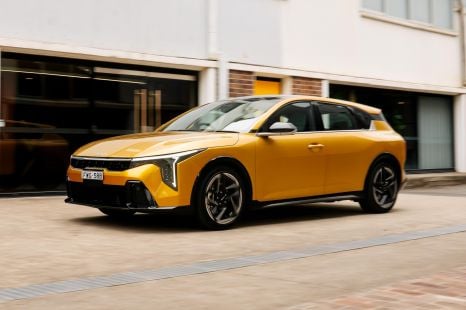

James Wong
2026 Kia K4 review
4 Days Ago
Polestar currently doesn't support two-way charging in its electric cars, but its next-generation vehicles will according to a company spokesperson.

Contributor


Contributor
Polestar’s next-generation cars will be able to feed energy back into the grid or home, rather than just taking it.
The Chinese-owned electric car brand has confirmed it’s working on vehicle-to-grid technology.
Although they draw energy from the grid while charging, some electric vehicles can also feed charge from their batteries back when plugged into a capable wall box, helping to stabilise the power grid during periods of heavy load.
They can also be used as generators to power a home or business during outages in some cases.
“We do have the ambition to bring that out in future,” Brent Ellis, Polestar PR and communications boss for new markets, told Australian media.
“In Sweden we are part of a consortium of five companies that are actively developing that technology locally, and we will bring that out in the models to come,” he said.
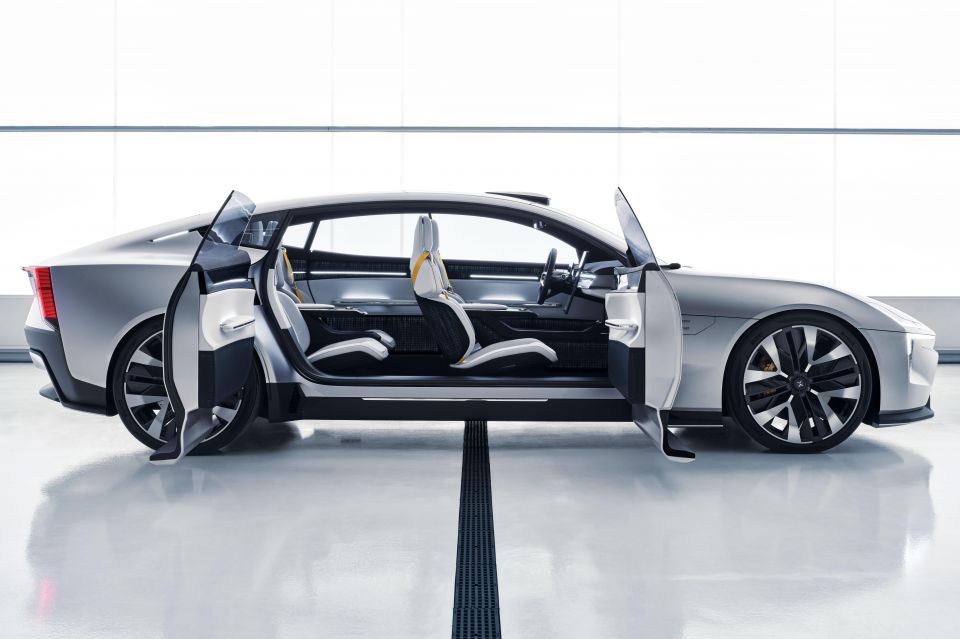
The Nissan Leaf and Mitsubishi Outlander PHEV Exceed both feature the technology, and are actively engaged in Australian trials to see how it can support the grid locally.
Some vehicles also have an adaptor allowing owners to plug household appliances directly into the charge port, and can be used to charge (slowly) another electric car.
Polestar hasn’t offered too many details about its upcoming models, but it has provided some pointers with the Precept concept.
It’s also confirmed the Polestar 3 will be a sporty, more aerodynamic take on the next-generation XC90.
Little is known about the car’s drivetrain, but the Precept did lean heavily into being sustainable in other ways with a vegan interior, flax-based parts, and components made from recycled bottles, fishing nets and cork.

It also has a small roof-mounted LiDAR pod to enable to future advanced driver assistance features.
Polestar’s first two vehicles are very clearly derived from Volvo products. The Polestar 1 is exactly what you would imagine an S90 coupe would be like, while the Polestar 2 is the sedan counterpart to the XC40.
The Precept will see Polestar make a break from the Volvo styling playbook.
Blending smooth surfaces and a curvaceous silhouette with sharp details, the Precept is a much larger vehicle than the 1 coupe and 2 sedan.
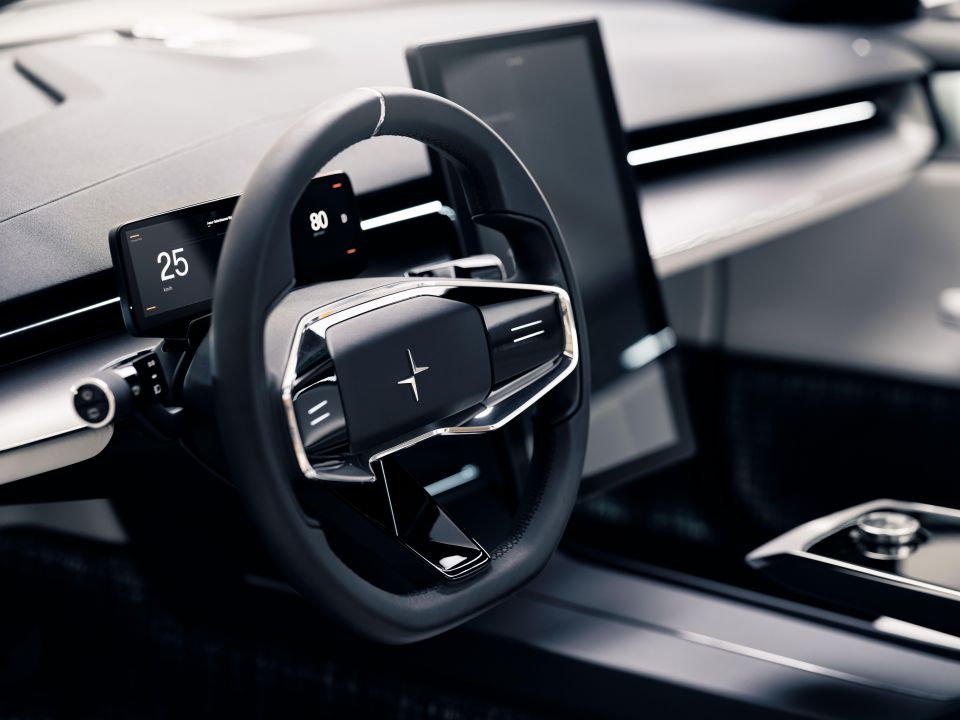
The concept’s rear-hinged rear doors won’t survive the transition to production, but a large central touchscreen running Android Automotive is a certainty.
The Polestar name has come a long way since the motorsports firm began collaborating with Volvo in 1995. In 2013 the company started tuning Volvos for improved performance.
Polestar’s tuning arm was purchased in 2015, with the motorsports division spun off to become Cyan Racing. In 2017 Polestar became its own standalone brand, and was tasked with being Geely’s lead marque for electric vehicles.
Scott Collie is an automotive journalist based in Melbourne, Australia. Scott studied journalism at RMIT University and, after a lifelong obsession with everything automotive, started covering the car industry shortly afterwards. He has a passion for travel, and is an avid Melbourne Demons supporter.


James Wong
4 Days Ago
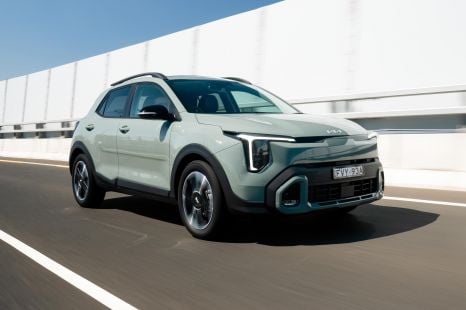

James Wong
4 Days Ago
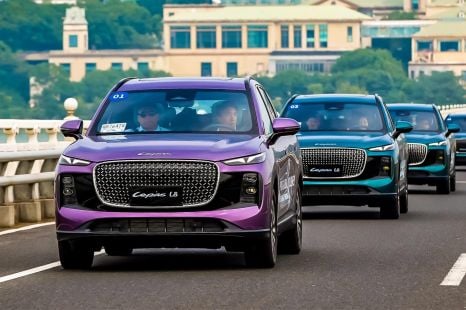

Andrew Maclean
3 Days Ago
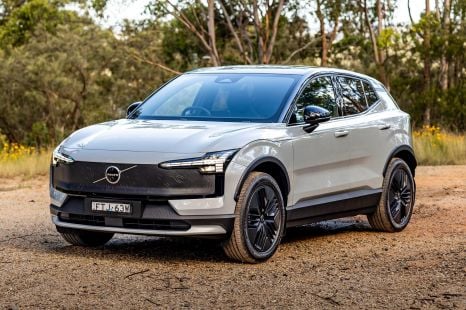

Matt Campbell
2 Days Ago
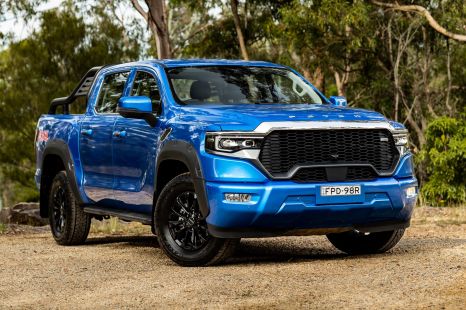

Matt Campbell
1 Day Ago
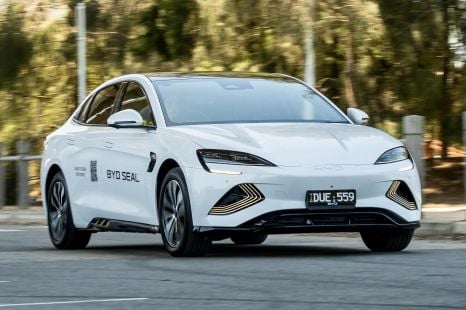

Max Davies
6 Hours Ago